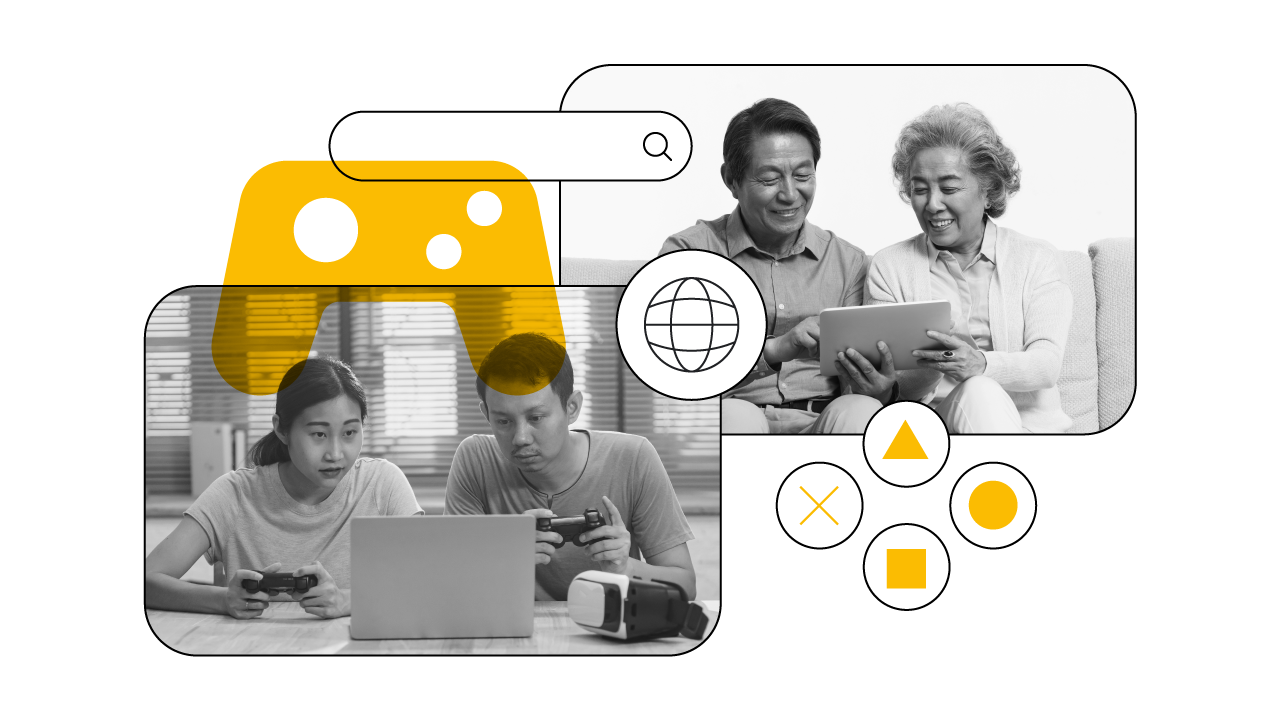In April, Unskippable Labs published an article, "Dispatches from April: The latest observations on creative effectiveness amid COVID-19," to help advertisers navigate the emerging uncertainty as we started to realize the extent of the pandemic.
As some countries began to emerge from the lockdowns across Asia Pacific, advertisers were keen to understand what had changed, whether things were going back to normal, and how they should continue to think about their advertising response.
The Unskippable Labs team in APAC reviewed 2,000 YouTube ads from March to May across the region to understand how many observations continued to hold true — and what new themes had started to emerge across markets.
The vast majority of ads in APAC continued to adopt a business-as-usual approach and did not implicitly or explicitly refer to the pandemic.
Observation #1: You still don’t need to make a COVID ad
We saw product launches, regular brand advertising, and behaviors and settings seen pre-COVID, such as groups of people together and people in outdoor settings in the storytelling.
These ads are still working, so it is important for advertisers to continue to follow the fundamentals of effective advertising in mind as they develop new campaigns.
Observation #2: Find new ways to be relevant
Social distancing and other guidelines have changed the way we live over the last few months. We have found new ways to interact with family, friends, and colleagues along with new ways to buy and experience things and new ways to be productive while being at home and online.
While business-as-usual messaging continues to work, this can be a great opportunity for brands to think about new ways their product or service can be relevant to changing and emerging consumer needs. Addressing unexpected dilemmas rising from work-from-home arrangements or providing e-solutions to services that used to require face-to-face interactions may work — as long as you are clear about your role and how it links to the story you tell.
For advertisers concerned about the sustained production restrictions, the good news is that consumers are largely forgiving about production value in today’s times. What matters most and has proven effective is the quality of storytelling as brands find real moments to connect and inspire in an authentic way, or explore new content approaches to entertain, even more so when celebrities are involved.
Observation #3: Adapt to the local consumer and market context
Countries are at different stages of dealing with the crisis across the region, and, as a result, consumer behavior varies greatly. As advertisers think about how their product or service can be relevant, a one-size-fits-all approach may not work across all markets.
We saw a number of hyper-local responses emerge to demonstrate how a product or service was relevant to the consumer needs and context in different markets, like these ads from Grab Vietnam, which celebrated riders in the pandemic, compared with their ad in Indonesia, which focused on helping consumers ride through an uncertain Ramadan.
The use of recognizable local talents and visuals and clearly establishing the role the product or service can play for specific audiences or use cases can be effective strategies to follow as brands think about localization.
Rely on your local teams and creative agencies to help you identify the content areas and consumer insights that can inform richer and deeper stories specific to your markets.
Observation #4: Responding to future uncertainties
Many months into the pandemic, the health crisis is still not behind us, and with continued social distancing and other guidelines, people may continue to remain cautious regarding personal safety. People are also trying to understand what economic and financial challenges lie ahead and how they should cope with it. We have seen how people have turned to YouTube to bring their offline passions online and how creative agencies are pushing for a more digital-first, experimental mindset, among many other ways people are navigating uncertainty in an evolving market.
Brands should think about the role they can play in reassuring consumers and providing support and demonstrate where and how they are stepping in to help. This could include showing the efforts in ensuring personal safety, thinking about the financial relief they can offer, or individual support schemes.
Is this the time for brands to invest and be present? All signs point to a resounding yes. The new connections that brands make now have every opportunity to last longer and resonate deeper with consumers.








